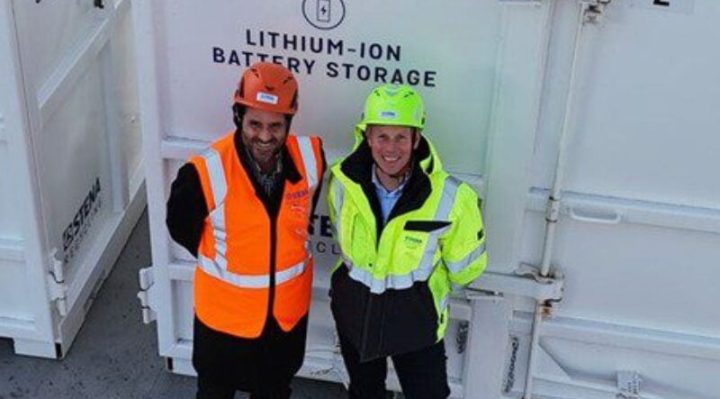Nissan has signed a deal with Stena Recycling to reuse batteries from its EVs in Norway, giving them a second life.
The strategic partnership to develop and expand the reuse of second-life electric vehicle batteries in Norway. With over 80,000 Nissan LEAFs on Norwegian roads, Nissan has established a value chain for batteries that are no longer suitable for road use.

Nissan has been working on various projects for re-using EV batteries, working in the UK, Japanand Brazil.
This comes as EV battery recycling becomes critical area for ongoing investments in automotive industry, says GlobalData.
As EV batteries reach the end of their lifecycle, the automotive industry faces the critical challenge of managing their disposal, says Madhuchhanda Palit, Automotive Analyst at GlobalData.
Current recycling methods, including hydrometallurgical, pyrometallurgical, and direct recycling, are being explored to recover valuable metals such as nickel, cobalt, lithium, and manganese.
“The automotive sector is increasingly embracing circular economy practices, focusing on reusing and recycling materials to minimize waste. This transition not only benefits the environment but also presents lucrative opportunities for businesses in the growing market for recycled battery materials,” said Palit. “Patent analytics indicate a surge in research and development aimed at improving recycling efficiency and reducing costs. Companies are investing in innovative technologies that enhance recovery rates while lowering the carbon footprint associated with recycling processes.”
Regulatory frameworks are undergoing significant evolution, as governments across the globe implement increasingly stringent guidelines concerning battery disposal and recycling as the resulting ‘black mass’ is now classified as hazardous waste in the EU.
The EU’s Battery Law mandates that by 2030, recycling processes must achieve recovery rates of 95% for cobalt, copper, lead, and nickel, and 70% for lithium. In the US, various states are progressively adopting Extended Producer Responsibility (EPR) policies, which will hold car makers accountable for the recycling of all batteries. This regulatory momentum is anticipated to drive investments in recycling technologies and infrastructure.
“The journey towards a sustainable future for EVs hinges on the effective management of battery lifecycles. As the automotive industry embraces recycling as a core component of its strategy, the potential for growth and innovation is significant,” said Palit.
In the deal with Nissan Automotive Europe, each battery is carefully diagnosed at the new Stena Recycling facility in Ausenfjellet, near Oslo, to determine which parts can be reused and which need to be recycled.
This will ensure that a significant portion of battery components get a new lease on life—either as components in batteries requiring service and repair or in energy storage systems for an additional 10 to 15 years.
The collaboration with partners also enables the integration of repaired modules into new EVs or stationary energy storage systems.
This approach can extract much more value than simply breaking down the batteries into new materials and minerals says Jon Emil Furuseth, Country Manager High Energy Batteries at Stena Recycling.
The agreement gives Stena Recycling access to a steady supply of used batteries, which is crucial in a market where competition for resources is increasing. These are batteries from cars decommissioned due to age or written off by insurance companies, but they still have the potential to be reused for several years.
“Since launching the Nissan LEAF in 2011, we have developed unique expertise in EV technology. Now we want to take a leading role in the sustainable treatment of used EV batteries,” says Alan Low, EV Battery Circular Economy Manager for Nissan Energy “Through this partnership, we can offer second-life products while helping to reduce the environmental footprint in line with our ambitions for carbon neutrality by 2050.”
